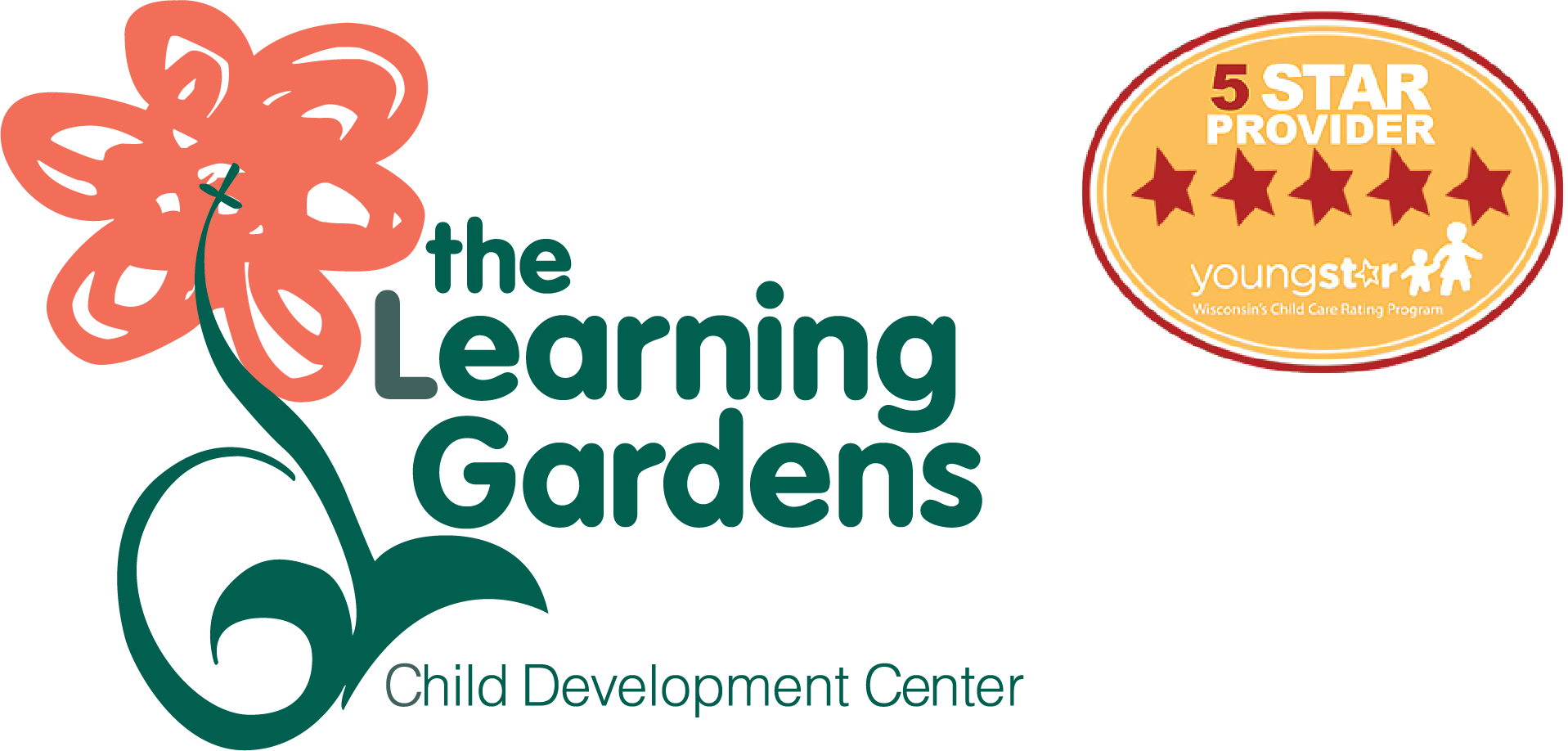Community Coordinated Child Care, Inc. (4-C)

Community Coordinated Child Care, Inc. (4C)
Community Coordinated Child Care, Inc. (4-C) is part of a network of accredited, non-profit Wisconsin Child Care Resource & Referral agencies providing advocacy and support services for child care in Columbia, Dane, Dodge, Green, Jefferson, Rock, Sauk, and Walworth Counties. The agency strives to ensure that every child has access to high quality early care and education through integrated support and expertise.
Quality Child Care
-
-
-
Child/Teacher Ratio & Group Size: The number of children per adult in a child care arrangement is the child/teacher ratio. Generally the child care quality is higher as the group size gets smaller. The fewer children in a group, the more attention each child will get from the caregiver.
-
Staff Training & Education: Caregivers who are trained in Child Development or Early Childhood Education and/or who have experience with children generally do a better job than those who do not. Trained providers understand how children grow and learn and they know how to provide the materials and activities that are most appropriate to the ages and interests of the children. Regulated child care providers have minimum training and continuing education requirements. Providers committed to furthering their own education are more likely to promote a learning environment in their child care program.
-
Status with Regulatory Agency: Parents should always check with the regulating agency to see if there have been any complaints or concerns against the child care program.
-
Environment: Discipline: Providers must be patient and skilled in helping children learn self-control and self-discipline. Guidance and discipline should be applied in a positive way that helps the child and does not humiliate them. Caregivers that use positive ways of disciplining children generally provide higher quality care.
-
Safety: The safety of the child is a prime concern of both parents and providers. Equipment , both indoors and outdoors, should be safe and suitable to children’s ages. Hazardous items should be stored away from children.
-
Design of space: The layout of space affects children’s behavior. Physical space should be organized so children know where things are and how they can be found. Large individual spaces can lead to loud and aggressive behavior, so space should be divided into areas where children can work and play together. Children need small, quiet places when they need to have some time to themselves.
-
Appropriate materials: All children need a variety of toys and educational materials that are age appropriate.
-
-
-
Parental Involvement: Your relationship with your child’s caregiver is the key to good quality. It is essential to have open communication allowing you to express your feelings and views. In turn, your caregiver should be available to listen and provide valuable support when you need it. You should always feel welcome to visit at any time while your child is in care and feel open to discuss problems or concerns.
-
Educational Environment: There is no one type of program that is proven to be more effective, but it has been found that programs with clear goals and goal-orientated staff training have a positive effect on children. The program should include a wide variety of activities that your child can choose from.

